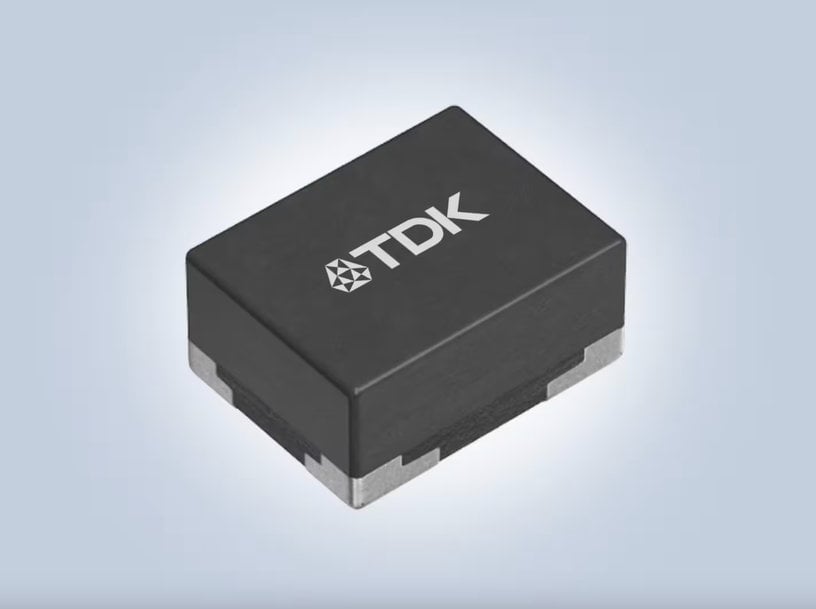electronics-journal.com
21
'24
Written on Modified on
TDK OFFERS SMALL THIN-FILM COMMON MODE FILTERS FOR USB 3.2/4 APPLICATIONS
TDK announces the development of its TCM06U series of small thin film common mode filters for noise reduction in high-speed differential transmission (0.65 x 0.5 x 0.3 mm - L x W x T).
www.tdk.com

Laptops, tablets, game consoles and other digital devices increasingly offer convenient expandability, with higher display resolution and functionality. Their transmission signals are also becoming faster and larger in capacity every year. At the same time, electromagnetic interferences (EMI) from devices have increased in frequency and amplitude. Therefore, action needs to be taken to control the impact on other devices and the qualitative deterioration of transmission signals. As a measure against EMI, TDK has launched a common mode filter for high-speed differential transmission at high frequencies. This will support the miniaturization, thinning, and weight reduction of electronic devices.
It is compatible with a 20 Gbps high-speed signal at cutoff frequencies of 20 GHz or higher. Common mode attenuation at 10 GHz is 30 dB or higher, which is effective in controlling high-frequency noise. Impedance matching within a range between 85 and 90 Ω controls the reflections in high-speed USB lines. The internal coil conductor pattern is designed using TDK’s proprietary fine patterning, which uses a thin-film production method and applies a technology cultivated by the development of TDK’s magnetic heads.
To control radiation and exogenous EMI in the differential transmission lines that are expected to increase in speed in the future, TDK will continue to develop small thin-film common mode filters and provide services contributing to the quality improvement of transmission signals.
Main applications
- USB terminals for laptops, tablets, smartphones, STB, AR/VR/MR, game consoles and others
Main features and benefits
- Industry’s first to achieve 30 dB common mode attenuation at 10 GHz
- Achieving 20 GHz or greater cutoff frequency and compatibility with high-speed signals
- Optimal design allows for significant noise control at USB 3.2 and USB 4

